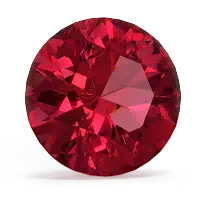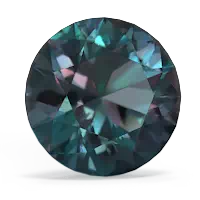


The unique icy blue color of aquamarine looks ideal with any complexion and eye color, making a pair of aquamarine earrings a perfect gift. Ruby signifies passion and unbridled, unrestrained love, making a pair of ruby earrings a perfect Valentine's day gift. A pair of created alexandrite earrings is like two gifts in one. Blue-green by day, and purple-red by night, the color change of this gem is sure to please.